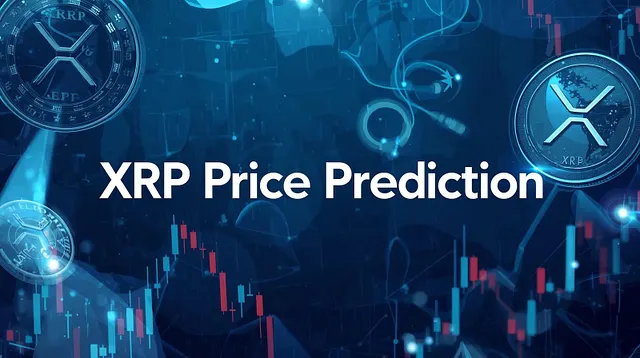Strategy (MSTR) has introduced STRE, a euro-denominated perpetual preferred security targeting European investors, the company announced Monday. The introduction is just under one week after the company announced its third-quarter earnings and indicated that it would expand its offerings of preferred stocks internationally.
Structure and Terms
The price of STRE will be 100 euros ($115) and will have a 10% annual dividend, payable in cash, every quarter. Its security will be traded on the Euro MTF Luxembourg and settled by Euroclear and Clearstream, making it available to professional and institutional investors in the European Economic Area.
The dividend scheme incorporates safeguards for investors. In cases where dividends are not paid, they are accumulated quarterly, along with an interest rate of 100 basis points per quarter, with a limit of 18%. In this case, Strategy has 60 days to make reasonable efforts to raise capital by using junior securities, such as STRK or STRD, to pay outstanding remuneration.
Ranking and Investor Protections
Under the capital structure of Strategy, STRE has a senior status compared to STRE over STRK, STRD, and the common stock. Still, a junior position compared to STRF, STRC, and conventional debt instruments. The security has no voting rights, and the current system of governance is preserved.
There are limited call provisions. When no less than 25% of the ordered shares are unheld, the company is capable of redeeming STRE solely in unfortunate tax circumstances. The investors still retain the right to repurchase shares in the event of any fundamental shift in the company’s structure or operations.
The liquidation preference has a daily adjustment mechanism that safeguards the shareholder value. The preference must be reset daily to the highest of the following: the amount stated in 100 euros, the last trading price of the previous day, or the 10-day average trading price. This structure is an association that correlates the value of the security on the floor to that of the market.
The STRE offering will be used to acquire Bitcoin and for other general corporate purposes. Bitcoin is currently trading at $ 103,917.02, and Strategy is the largest corporate owner of the cryptocurrency. The euro-denominated instrument adds another funding tool to the company’s portfolio, enabling it to access the European capital market and continue its policy of accumulating digital assets.
Source: https://coinpaper.com/12096/strategy-expands-to-europe-with-stre-bitcoin-backed-security

